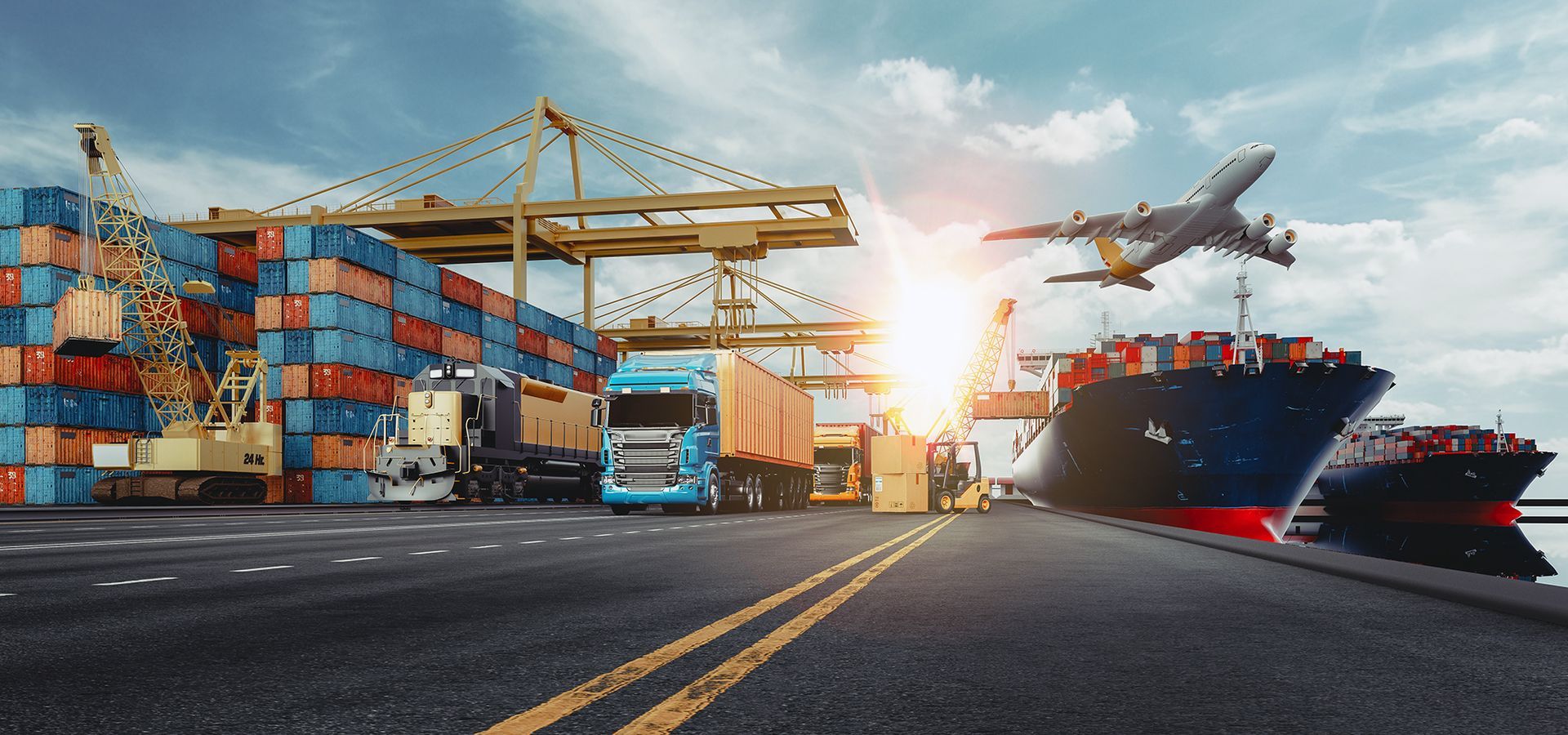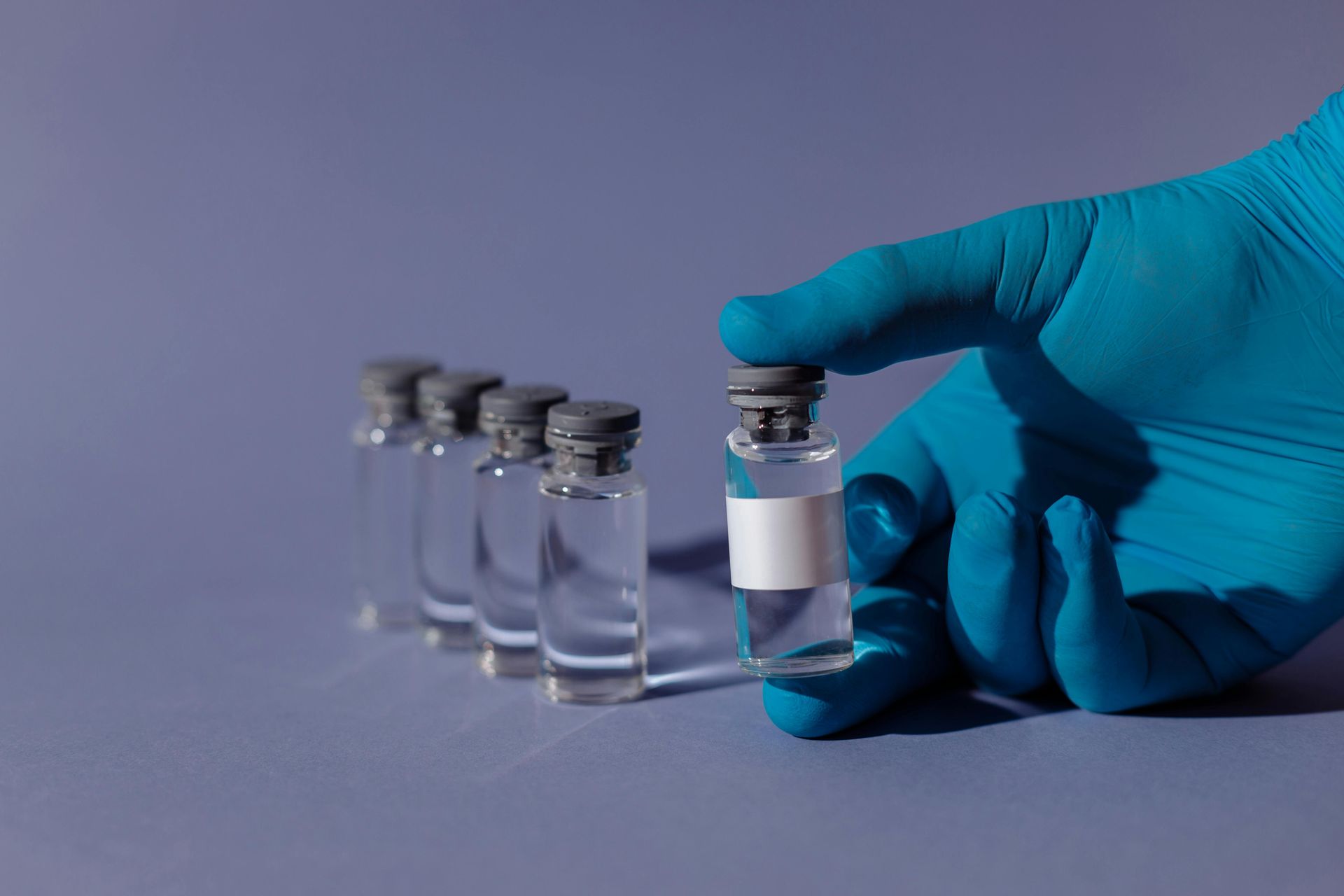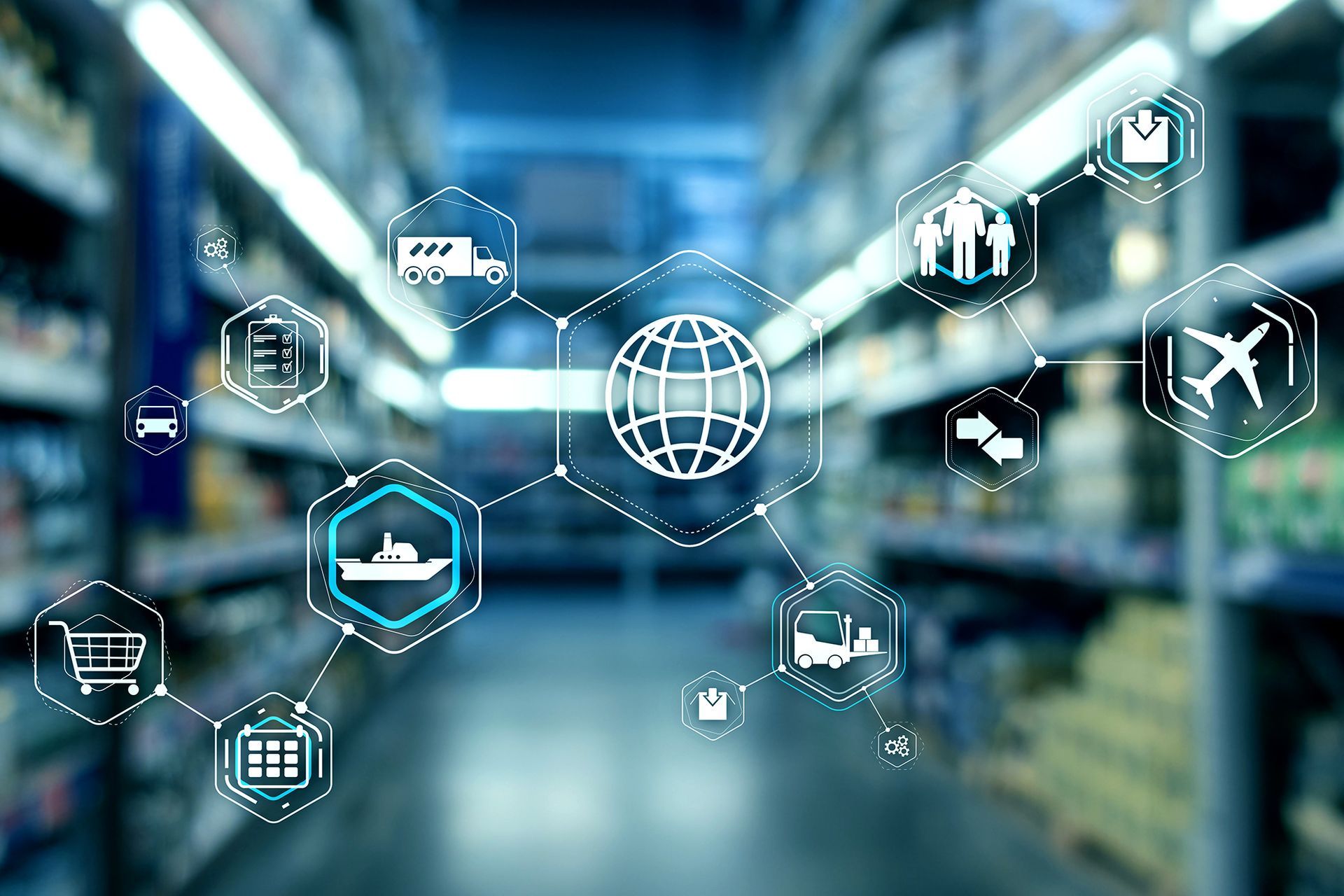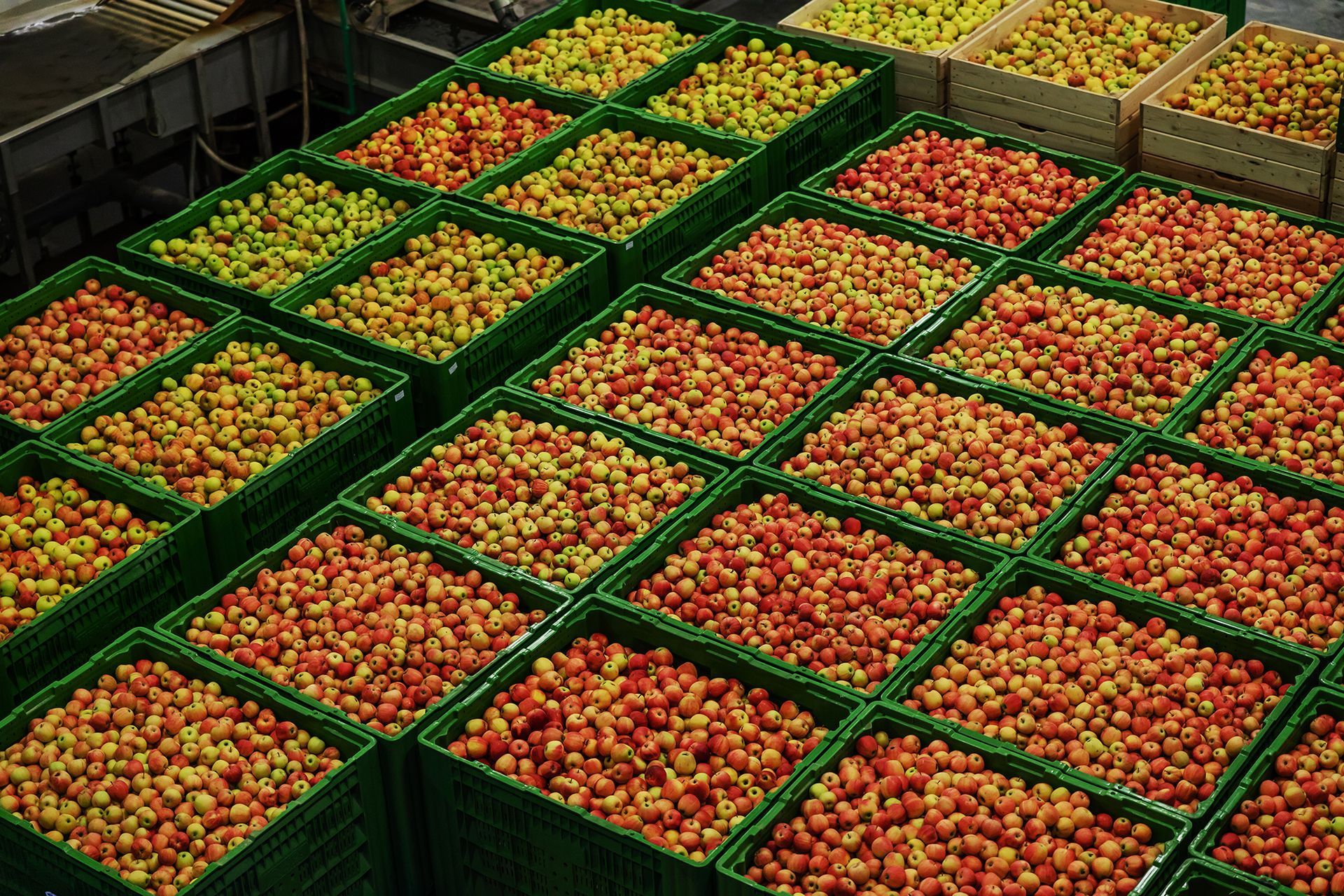IoT-Enabled Temperature Monitoring In Container Tracking
Why Is IoT-Enabled Temperature Monitoring Important In Container Tracking?
Did you know that IoT-enabled temperature monitoring
is revolutionising how containers are tracked?
Container tracking was always an indispensable aspect of the shipping industry while transporting goods across borders and maintaining optimal temperature conditions has become crucial. IoT-enabled
temperature monitoring using advanced data loggers has emerged as a game-changer technology in container tracking. It ensures the integrity and quality of cargo.
Now let's dive into learning about the significance of this technology and further, explore its benefits in maintaining the perfect temperature throughout the shipping process. Let's first start with what container tracking means.
What Is Container Tracking?
Container tracking is a system we use for monitoring the movement and location of containers. It is continuously transforming the logistics industry. Just look at the figures highlighted by Statista about global container throughput reaching approximately 866 million twenty-foot equivalent units (TEUs) in 2022.
Container tracking allows shippers, carriers, and other stakeholders to track their shipments and ensure timely delivery. Also, it provides valuable insights to logistics companies and customers regarding the status and whereabouts of their cargo. With container tracking systems, stakeholders can streamline operations and mitigate the risks associated with the shipment. With greater visibility and data collection in the picture, container tracking minimises delays, reduces theft and loss, and enhances overall operational efficiency.
Understanding IoT-Enabled Temperature Monitoring
You must have heard many times the term "IoT-enabled temperature monitoring", but you might be confused about what it means. Let's clear this thing up now.
IoT-enabled temperature monitoring means continuous and immediate collection of vital data such as temperature conditions within a container throughout its journey. This is enabled by employing temperature data loggers. These devices are put in use to measure and record temperature. The temperature data loggers play a significant role in temperature monitoring by capturing temperature fluctuations within containers during transportation. It provides precise and reliable data, offering insights into temperature patterns and deviations.
Also, it enables stakeholders like shippers and their customers to access data on the conditions of shipments as soon as the data is transmitted. Further, if any fluctuations occur within the desired temperature range, parties can be notified once the data has been transmitted allowing necessary action to take place as soon as possible.
Some of you would be wondering why IoT-enabled temperature monitoring is valuable. Accurate and timely temperature data is critical in
container tracking. It allows stakeholders to identify and rectify temperature deviations promptly, ensure liability throughout a shipment and potentially prevent damage or further damage to goods.
With IoT-enabled temperature data at their fingertips, shippers can take necessary action as soon as possible, ensuring that the cargo remains in optimal condition throughout the journey. Also, it allows stakeholders to make informed decisions regarding the handling of shipments in addition to helping you to comply with several specific regulatory standards of different industries.
Check out our IoT-enabled temperature monitoring solutions to begin your journey of automated monitoring and digital transformation for container tracking or in other areas throughout your supply chain.
Challenges In Container Tracking Without IoT-Enabled Temperature Monitoring
Risk of temperature fluctuations
Without IoT-enabled temperature monitoring, container shipments can be more susceptible to experiencing temperature fluctuations caused by external factors and going undetected. Weather conditions, loading and unloading processes, and mechanical failures are examples. Fluctuating temperatures compromise the quality and safety of sensitive goods like pharmaceuticals and perishable food items.
Impact of temperature variations on cargo quality
Temperature variations have detrimental effects on cargo quality. Certain products, such as pharmaceuticals, and temperature-sensitive chemicals, require strict temperature control to maintain efficacy. The slightest deviation from the recommended temperature range can render these items unviable for use or dangerous.
Potential financial losses due to temperature-related damage
Temperature-related damage can result in significant financial losses for businesses. Spoiled goods should get discarded, leading to wasted resources and lost revenue. Moreover, damaged shipments can impact a company's reputation in addition to customer dissatisfaction and loss of future business opportunities.
Benefits Of IoT-Enabled Temperature Monitoring In Container Tracking
(A) Ensuring product quality and integrity
1. Preserving freshness and nutritional value
IoT-enabled temperature monitoring helps ensure the freshness and nutritional value of perishable goods. Whether it is fruits, vegetables and dairy products, all require optimum temperature levels during transportation. By continuously monitoring the temperature conditions, you can address any deviations as soon as possible, preserving the quality of the goods upon arrival or assessing any breaches and taking any required additional steps.
2. Extending shelf life
The optimal temperature conditions contribute to extending the shelf life of various products. It reduces spoilage and wastage, increasing product longevity and improving profitability. This also, enables businesses to reach distant markets without compromising the quality of their goods.
(B) Compliance with regulatory standards and industry requirements
1. Examples of industry-specific regulations
Different industries, such as pharmaceuticals, food and beverage, and chemicals, have specific regulations and standards pertaining to temperature control during transportation. For example, the pharmaceutical industry requires FDA 21 CFR Part 11 compliance. IoT-enabled temperature monitoring can assist in ensuring compliance with these regulations, safeguarding product integrity and meeting industry requirements. You can check out our IoT-monitoring solutions here for automated monitoring of vital conditions.
2. Avoiding legal penalties and reputational damage
Failure to comply with temperature-related regulations can result in legal penalties and reputational damage. By implementing IoT-enabled temperature monitoring, businesses can avoid costly litigation, fines, and negative publicity associated with non-compliance.
(C) Enhancing customer satisfaction and brand reputation
1. Meeting customer expectations
With globalisation, competition in different markets is significantly increasing and customers expect the highest quality and safety standards for the goods they purchase. IoT-enabled temperature monitoring ensures that products have been handled carefully and have maintained optimal conditions throughout the shipping process, thus meeting their expectations.
2. Building trust and loyalty
Consistently delivering products in the correct condition builds trust and promotes customer loyalty. By prioritising IoT-enabled temperature monitoring, businesses can establish themselves as reliable partners, gaining a competitive edge and securing long-term customer relationships.
Best Practices For Implementing IoT-Enabled Temperature Monitoring
1. Selecting the appropriate temperature data logger
Effective IoT-enabled temperature monitoring requires the correct temperature data logger for your business. Consider factors like accuracy, battery life, data storage capacity, and compatibility with existing tracking systems. At Adapt Ideations, we cater to the needs of our customers for their temperature monitoring needs and provide the best solution fit to their needs. You can check our devices here.
2. Proper placement and installation of data loggers
Temperature data loggers are strategically placed inside containers to ensure accurate temperature measurement. You need to follow proper installation techniques to avoid interference with cargo and to ensure the data loggers capture the accurate temperature conditions.
3. Regular calibration and maintenance
Regular calibration and maintenance of temperature data loggers are essential to ensure their accuracy and reliability. It includes periodic checks, battery replacements, and adherence to manufacturer guidelines. At regular intervals, inspections should be undertaken, and calibration processes should be checked.
4. Analysing and acting upon temperature data
Collecting temperature data is just the first step. Businesses should analyse the data collected by temperature data loggers and take appropriate actions when temperature deviations are detected. It may involve adjusting transportation routes, improving insulation, or implementing contingency plans to safeguard the cargo.
Way Forward
IoT-enabled temperature monitoring using data loggers has become an essential component of container tracking. By investing in temperature data loggers and integrating them into container tracking systems, operational efficiency can be enhanced, compliance with regulations can be ensured, and superior products can be delivered to customers.
Embracing IoT-enabled temperature monitoring is necessary for businesses seeking to thrive in today's competitive global market. Remember, with IoT-enabled temperature monitoring, your cargo stays cool, your customers stay happy, and your business stays ahead of the competition.
Ensure your customers remain happy and your business thrives, by implementing temperature monitoring solutions for your business. Check out our IoT temperature monitoring solutions here.
Enquire to find out more about our innovative solutions and how they can be utilised at enquiries@adaptideations.com
Share Our Post.
Awards & Recognition
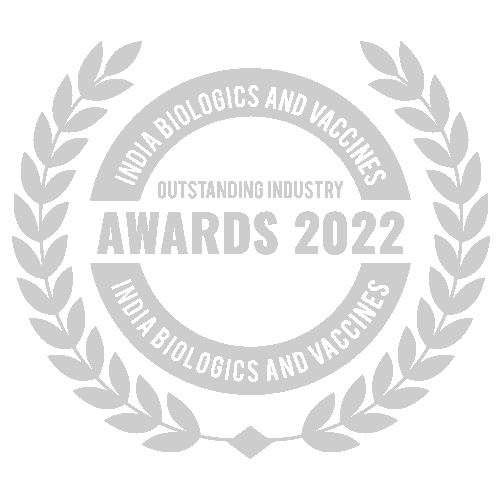
Best Temperature Monitoring Solution Provider
Awarded by India Biologics & Vaccines Outstanding Industry Awards 2022
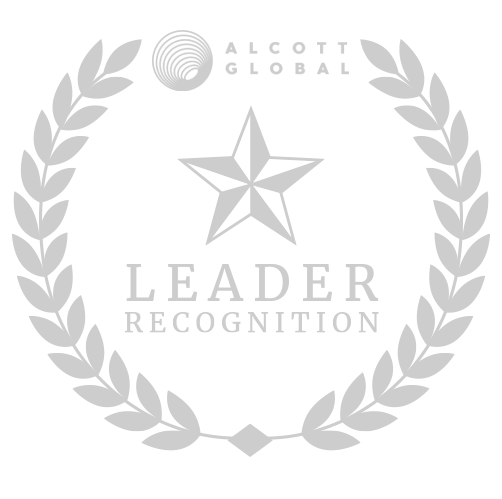
Adapt Ideations Recognised As A Supply Chain Leader
by Alcott Global on Supplify's Supply Chain Tech Map 2.0
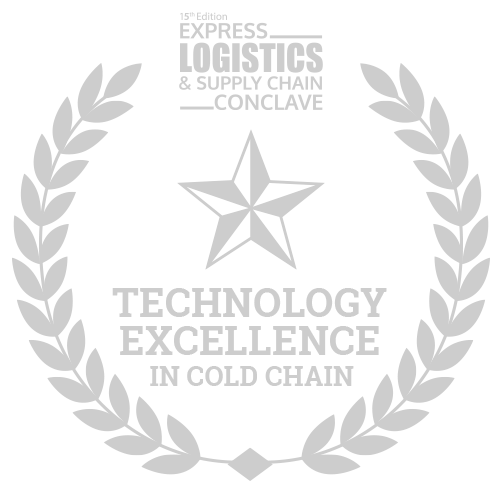
Related Articles.




